The rise of web3 ecosystems and decentralized services has opened up opportunities for creating one-of-a-kind digital assets and art that can be owned, verified, and traded. Among these assets are NFTs, which have revolutionized the concept of ownership.

Owing to their merits, including enhanced access, increased liquidity for creators, and decreased transaction expenses compared to regular art marketplaces, the global NFT market has experienced a surge in new NFTs and NFT marketplaces, with countless high-profile sales and auctions captivating the world's focus. Because of this, the need for more streamlined trading processes through NFT Aggregators and NFT marketplaces has also surged, with different platforms rushing to meet the ever-rising user demands.
However, the demands of NFT users have evolved beyond seeking better NFT collections. This new breed of NFT users and traders is more sophisticated and discerning when assessing and analyzing the market. They are no longer simply looking at trade volumes before making a decision but are relying on more advanced data such as rankings, historical stats, wallet tracking, rarity, and more. So for NFT marketplace developers, it's not just about focusing on the number of collections available but delivering more streamlined experiences through better on-chain and off-chain data integrations.
This article explores the key considerations and challenges associated with NFT Marketplace development. It offers insights into the development processes and essential factors creators must consider to build successful NFT marketplaces. But first, let's delve into the fundamentals.
Defining NFT Marketplaces

An NFT marketplace is a digital platform that allows users to buy and sell NFTs. Users connect their wallets to the platform, transfer funds, browse the available NFTs, and purchase or bid on desired assets. Upon acceptance of their offer, the NFT is transferred to their account, completing the transaction. Auction-based marketplaces allow for bidding on NFTs.
These marketplaces offer creative individuals enhanced control over their assets and essential marketing and promotional tools. These tools also facilitate royalty management, incentivizing creators to produce highly valuable and sought-after creations.
By providing these features, NFT marketplaces create an environment that nurtures artists, empowering them to flourish and contribute to the expanding digital asset ecosystem. This process enables creators to monetize their work while allowing collectors to acquire and own one-of-a-kind digital assets.
How Do NFT Marketplaces Work?
Here's a general overview of how a universal NFT marketplace works:
-
Minting
Creators like artists, musicians, or game developers mint their digital content as NFTs. Minting involves transforming the content into a unique token on a blockchain network, typically using standards like ERC-721 or ERC-1155 for Ethereum-based NFTs, Solana uses SPL-Token for Solana-based NFTs, BEP-20 for the BSC-based NFTs or PSP22 for Polkadot-based NFTs.
-
Listing
On an NFT marketplace, creators showcase their minted NFTs for sale, offering comprehensive information such as the title, description, media files, and sometimes additional metadata like attributes, properties, or provenance. However, certain marketplaces surpass expectations by offering additional features that elevate the flexibility and future-proofing of NFT collections. These features encompass advanced customization options and the ability to bundle multiple NFTs together. By providing such capabilities, these marketplaces empower creators to develop distinctive and adaptable collections that readily respond to changing trends and user preferences. This enables creators to unlock the full potential of their NFTs and cater to a dynamic and evolving market.
-
Platform Features
NFT marketplaces offer various features to facilitate transactions. Users can create accounts, set up digital wallets, and connect them to the market. They can also browse through NFT collections, search for specific items, and access information about the creator, rarity, ownership history, and other relevant details.
-
Buying and Selling
Buyers interested in an NFT can place bids or purchase it directly if the creator has set a fixed price. The marketplace facilitates the transaction, typically using cryptocurrency as the medium of exchange. Payment is made from the buyer's wallet to the seller's wallet, and ownership of the NFT is transferred to the buyer upon transaction completion.
Popular marketplaces like OpenSea and Rarible offer a broad range of NFTs and a large user base. In contrast, others, namely niche marketplaces like the Foundation, specialize in a specific type of NFT and thus more targeted audiences.
-
Royalties and Smart Contracts
NFTs can be programmed with smart contracts that specify royalty fees. Whenever an NFT is resold in the secondary market, the original creator can receive a percentage of the sale price as a royalty. Smart contracts automatically enforce these royalty payments, ensuring ongoing compensation for the creator even after the initial sale.
-
Wallet Integration
NFT marketplaces integrate with digital wallets, which store and manage users' NFT holdings. Wallets provide a secure place to store NFTs, enabling users to interact with the marketplace, initiate transactions, and manage their collections.
NFT wallets have evolved to offer more than just storage capabilities. They now incorporate incentive structures that redefine the concept of crypto wallets as personal gateways. The Unique wallet provides comprehensive features and functionalities for NFT creators and collectors. You can mint NFTs, create fractional and nested tokens, and burn entire collections.
Exploring the current NFT Marketplace Landscape
Ever since the first NFT marketplace in 2017, these platforms have revolutionized the non-fungible technology landscape, providing creators worldwide with a direct platform to offer their work to collectors and traders. In addition, these marketplaces have accelerated a previously slow-moving industry by eliminating intermediaries such as galleries or auction houses.
The NFT market has expanded its horizons beyond traditional art and collectibles. It now encompasses curating novel asset classes, including game assets and NFT-based tickets. By embracing these new asset types, NFT marketplaces have successfully onboarded a more comprehensive range of user segments. This includes gamers, enthusiasts, and individuals seeking unique digital experiences. As a result, the NFT market has flourished into a vibrant and diverse ecosystem, offering many opportunities for creators, buyers, and sellers alike.
Considering their numerous benefits, it's unsurprising that leading universal NFT marketplaces have become the destinations of choice for NFT fans. In 2022, DappRadar reported the market for non-fungible tokens brought in approximately $24.7 billion of organic trading volume on different blockchain platforms and marketplaces (Note: this figure didn’t include any manipulated or wash trades).
However, the value of the NFT market is influenced by the forces of supply and demand, making it cyclical. When more NFTs are created and enter the market, the supply increases, potentially decreasing prices. Similarly, the hype surrounding NFTs can wax and wane, affecting their demand and, in turn, their value. This and other factors can explain the downturn in the crypto market in mid-2022. While the market has stabilized since then, the emergence of new marketplaces and better collections signifies the growth and expansion stage of the NFT marketplace industry.
As the NFT marketplace landscape continues to evolve and expand, it's becoming increasingly crucial for developers (and creators) to understand how to design functional and future-ready marketplaces that can keep up with changing trends and user demands.
Designing sustainable NFT Marketplaces
Successfully launching an NFT marketplace app requires a comprehensive understanding of various aspects, including the fundamentals of fungible crypto tokens, the evolving landscape of the NFT marketplace, selecting an appropriate blockchain network, and designing a user-friendly interface. These considerations play a vital role in determining the success or failure of the marketplace.
Although challenges and uncertainties are inherent to niche NFT marketplaces, those who can adeptly navigate this dynamic and fast-paced environment stand to reap substantial rewards. The potential for success in this space is substantial, making it an exciting opportunity for brands that can effectively navigate the evolving landscape.
Tip 1: Create an NFT Marketplace with users and creators in mind
In the current NFT landscape, there are various marketplace options. They include general marketplaces offering diverse NFTs from different creators, curated marketplaces focusing on specific themes or genres, and hybrid marketplaces that blend both approaches. However, creating an NFT marketplace from scratch can be expensive, depending on the platform's complexity and required features.
Alternatively, developers can explore customized solutions or pre-existing white-label NFT marketplace software to reduce costs and streamline development. Unique SDK offers developers a ready-to-use solution that facilitates the construction of a fully-functional NFT marketplace in just a few hours and saves thousands of dollars on infrastructure and setup costs. Learn more.
Tip 2: Define the Platform's Purpose

To ensure a smooth and effective development process for an NFT marketplace, it is crucial to have a well-thought-out plan in place. This plan will serve as a roadmap and guide the various stages of development. For example;
- What is the target audience for my NFT marketplace? Understanding the target audience is crucial as it helps to tailor the platform's features and design to the needs and preferences of the users.
- What type of NFTs will the marketplace host? Will it focus on a particular genre or niche, or will it be a general marketplace featuring a variety of NFTs?
- What features should the NFT marketplace offer? Consider elements like minting, buying, selling, bidding, and customizable storefronts.
- What will be the revenue model for the NFT marketplace? For example, will it take a commission on sales or levy a fee for certain features or services?
- What is the budget for developing and operating the NFT marketplace? As mentioned, building a booming NFT marketplace requires a significant investment of time, resources, and money.
- Does the marketplace support advanced capabilities to be able to add utility?
Tip 3: Prioritizing Seamless User Experiences
A well-designed NFT marketplace should prioritize a seamless and convenient user experience, offering a smooth flow from initial exploration to final purchase. This could involve integrating valuable features for discovering NFT-related data, creating a user-friendly interface, and enabling customization options for NFTs.
Tip 4: Emphasizing Security in NFT Transactions.

In the blockchain ecosystem, layer-1 security and protocol security play distinct roles in ensuring the safety and reliability of decentralized applications. While layer-1 security is concerned with the underlying security of the blockchain network itself, protocol security focuses on the security of the specific protocol or application built on top of the network.
Polkadot parachains are an excellent example of layer-1 security, offering a secure and decentralized network infrastructure that supports multiple blockchains running in parallel.
By building on a solid layer-1 foundation and choosing suitable structures, developers can create NFT marketplaces that are secure, reliable, and capable of supporting a broad range of use cases.
Navigating Potential Challenges in NFT Marketplace Development
Optimizing for Scalability and Performance
When designing NFT marketplaces, it's imperative to consider the ability to scale and maintain high-performance levels. As the number of users and transactions on the platform increases, ensuring the system can handle the increased load without experiencing performance issues or downtime is essential. This requires a carefully designed and optimized infrastructure that can handle large volumes of traffic and transactions.
Developers must carefully consider the choice of blockchain platform, as different platforms have varying scalability, NFT standards, gas fees, and performance capabilities.
Addressing Legal and Regulatory Implications

When developing an NFT marketplace, it is essential to consider the legal implications that come with it. Although the regulatory framework for NFTs is still evolving, it is crucial to operate within the boundaries of the law.
First and foremost, developers must ensure the legitimacy of the NFTs being sold on their platform and possess the necessary rights to sell them. Compliance with existing laws and regulations concerning intellectual property, securities, and anti-money laundering is also paramount. Additionally, developers must address data privacy laws, terms of service agreements, and potential liability issues.
It is important to note that regulations can vary significantly across regions and countries. Consequently, developers must conduct comprehensive research to understand the legal requirements and obligations when operating in different jurisdictions.
Anticipating Future Trends in the NFT Market.
As NFTs become more valuable and practical, they will likely become more mainstream, increasing opportunities and future trends. Apart from digital wallets and payment tokens, the range of applications for NFTs is expanding beyond art, music, and other collectibles to include virtual worlds, real estate, gaming assets, and even NFT events, which are all gaining popularity. Here are some of the opportunities and future trends in the NFT market:
Focus on NFT Utility
Factors like rarity, creator popularity, and hype determine digital assets' value. Still, these subjective and volatile factors make an accurate valuation of NFTs difficult and can hamper value discovery and liquidity.
Utility provides a solution by bestowing NFTs with practical applications. For example, NFTs that grant access to exclusive clubs or events hold clear value as buyers are willing to pay for membership privileges. Likewise, NFTs enabling rewards or game participation carry value as buyers can generate income through them. By offering tangible benefits, utility enhances the appeal and worth of NFTs.
By incorporating utility, the NFT market can seamlessly integrate with the mainstream crypto market, effectively dispelling its niche market perception. This integration would yield many benefits, including enhanced liquidity and improved value discovery, as many buyers and sellers would be enticed to participate in the NFT market.
Multi-Chain Interoperability
A significant hurdle in the growth of NFTs is the ability to trade them across different blockchains, making it difficult for users to deal with their desired NFTs. This can result in decreased liquidity and value. Fortunately, multi-chain interoperability is emerging as a viable solution, allowing seamless NFT trading across various blockchains.
Emerging technologies like EVM can potentially address the fragmentation issues prevalent in multi-chain NFT marketplaces. With ongoing advancements in this technology, we can anticipate the emergence of more seamless NFT marketplaces, enabling frictionless trading across diverse blockchains. This development is expected to drive the growth and evolution of the NFT market, fostering greater accessibility and ease of use for participants.
Emphasizing Identity Management and Asset Protection.

NFTs are an ideal solution for digital identity management because they provide a unique identifier that cannot be replicated. This makes them a perfect tool for ensuring authenticity and preventing fraud in the digital space. In addition, NFTs can verify a wide range of digital assets, including user identities, account information, and transaction histories.
By leveraging the secure and transparent nature of blockchain technology, NFTs offer a tamper-proof method of managing digital identities that is reliable and efficient. This makes them an increasingly popular choice for industries that require secure digital identity management, such as loyalty programs, events, and other database-related industries.
Build on Unique Network
If you're a builder or developer seeking the most advanced NFT infrastructure, Unique's own NFT marketplace offers a range of essential features. These include multi-chain support, integration with crypto wallets, self-custody of assets, permissionless listing, and curated collections.
With an advanced infrastructure designed for a decentralized digital economy and Customizable NFTs feature, users can establish custom relationships between NFTs using a layered access management system. Whether you want to develop new dApps or integrate new ones, we provide the tools and expertise to help you create powerful and dynamic NFT solutions. Get in touch with us for more support.




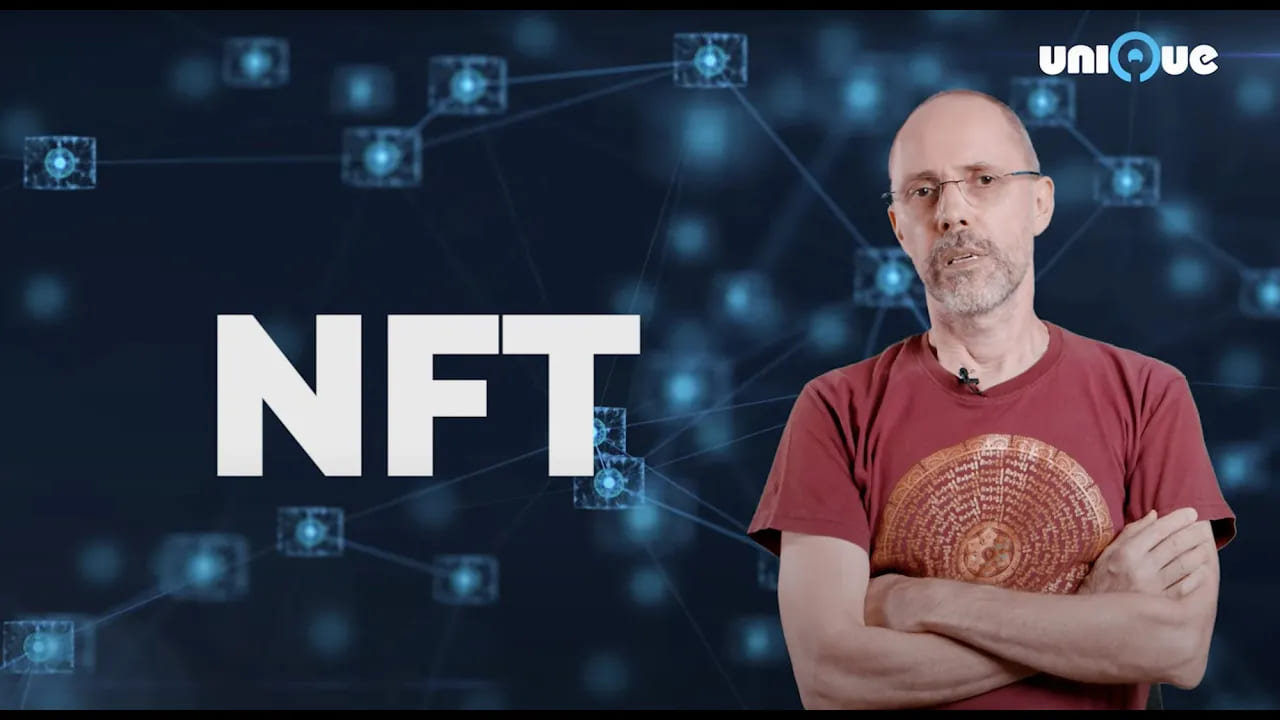
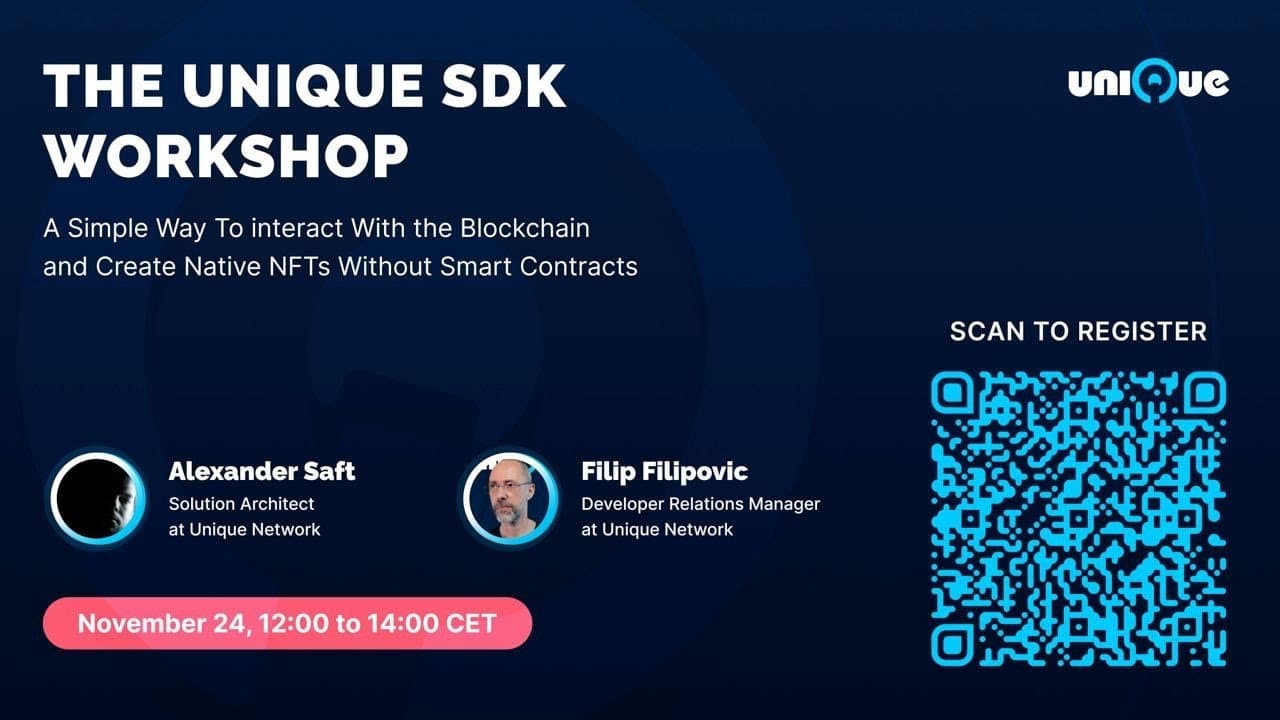
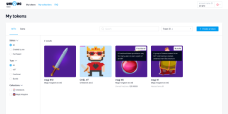
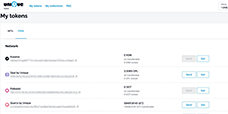

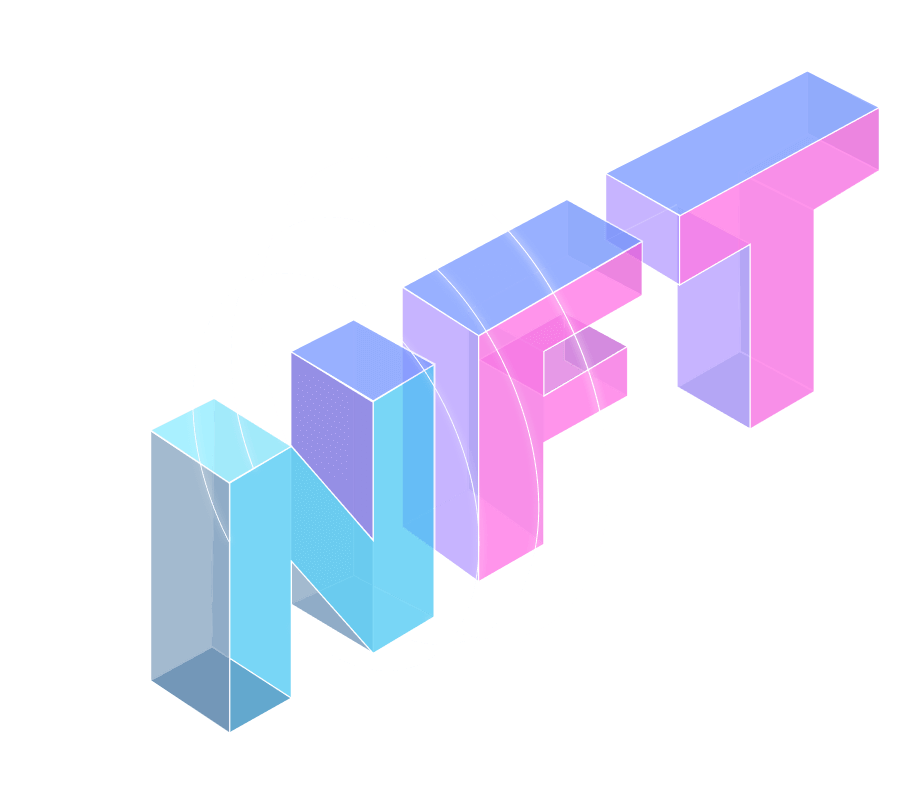
 by
Unique Network
by
Unique Network